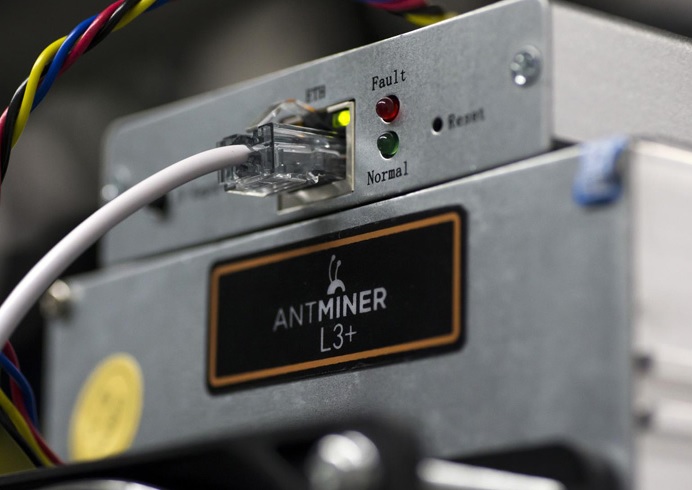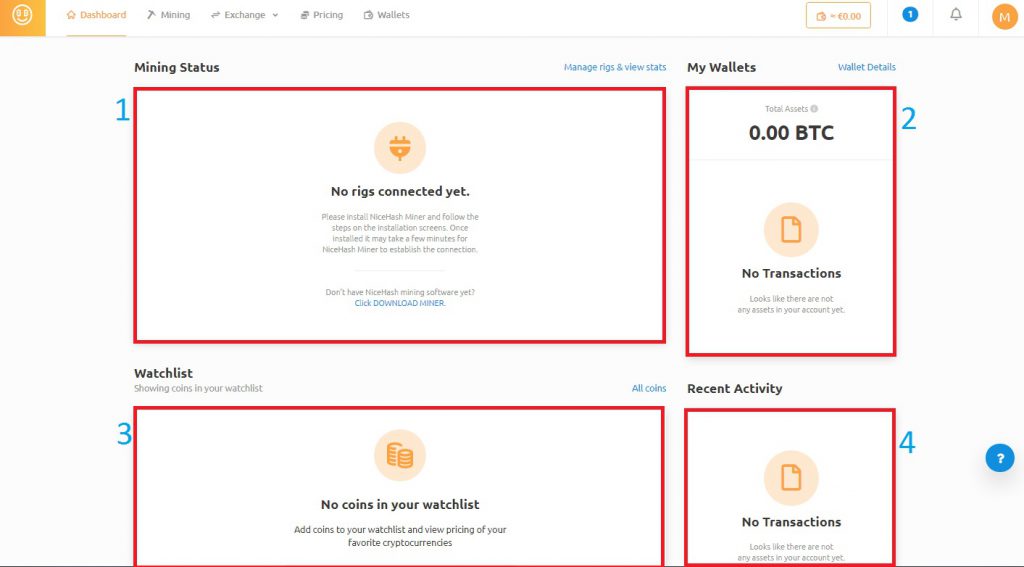Top Four Platforms for Cryptocurrency Arbitrage Cryptocurrency arbitrage or Bitcoin arbitrage is the process of buying cryptocurrencies at a low price from one exchange and selling them at another exchange at a higher price. Users can do this manually, which takes a lot of time, or from platforms that use […]
The situation of digital currencies in India The current state of digital currencies in India is being legislated. Continuing to examine the situation of digital currencies in different countries, we now come to the vast and populous country of India. India is a country in Asia and a country in […]
Earn money from Twitter In this article, we are going to review the best ways to earn money from Twitter with you so that if you have a popular Twitter page or if you have the ability to spend time, you can earn money from this service. What is Twitter? […]
Make Money From Google Due to the fact that in today’s world, different businesses have been created, people are looking for income with innovation and creativity every day. Therefore, they invent different ways to earn a lot of money for themselves. In recent years, especially since last year, most new […]
Antminer installation tutorial Antminer mining devices made by the Chinese manufacturer BitMain are very popular among miners. Miners prioritize miners over other mining devices when setting up mining farms due to their lower energy consumption and high durability. The start-ups of different miners are very similar to each other and […]
Making Money on Pinterest Maybe in the first place when you open the Pinterest website, you come across an album gallery and find this website a repository of various photos and how you earn money from is strange to you, but in Pinterest you can use affiliate marketing. But what […]
Download these 5 money-making games to become a millionaire If you think you can make money from your hobbies, you can turn to online games that can make you money. This article contains the introduction and download of money making games that you can experience right now. Swagbucks The story […]
Make money from Facebook Looking for ways to make money from Facebook? Are you an active user of virtual networks? Want to know how you can get rich quick with Facebook? We want to introduce you to a variety of business-related content. Join us in this post to introduce you […]
Learn how to work with the NiceHash mining pool If you are planning to mine digital currencies, it is time to join a pool after getting the mining equipment. Joining a pool is the most important part of digital currency mining. Note that if you think you can, you can […]
Make Money From The Internet Have you ever wondered that you can make money online with an internet line and a computer without having to leave home every hour and get to work? Many people in the community, due to lack of knowledge, believe that making money from the Internet […]












